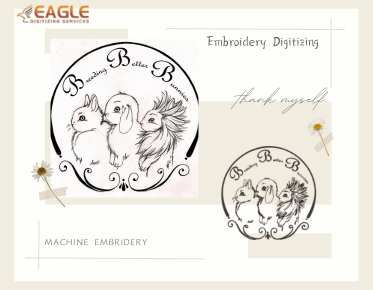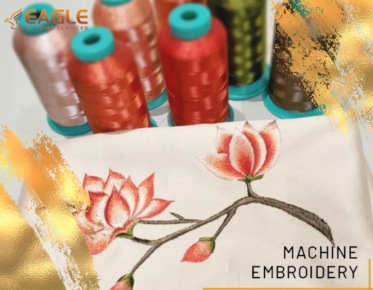How Can I Convert a Logo into a Vector?
In the realm of digital graphics, converting a logo into a vector is essential for maintaining quality across various uses. Unlike raster images, vector graphics are scale-independent, meaning they can be resized without losing quality. This makes vector logos indispensable for branding materials, product packaging, and any marketing collateral that demands high visual fidelity.
Understanding Vector Graphics
Vector graphics consist of paths defined by mathematical expressions, as opposed to dots or pixels that make up raster images. This foundational difference allows vectors to be infinitely scalable. Formats such as .SVG, .AI, and .EPS are commonly used for vector files, each offering different benefits depending on the intended use.
The Importance of Vector Logos in Branding
One of the key reasons to convert a logo to a vector format is consistency. Whether the logo is being printed on business cards or displayed on billboards, using a vector ensures that the logo looks exactly as intended, maintaining consistent brand imagery.
Basic Steps to Convert a Logo to a Vector
Using Adobe Illustrator
Adobe Illustrator is a leading software tool widely used for vectorization. Here’s a simple guide to convert your logo using Illustrator:
- Open your logo in Adobe Illustrator.
- Use the 'Image Trace' function found under the 'Window' tab. This feature allows Illustrator to convert the logo into paths.
- Select 'Expand' under the 'Object' menu to finalize the vector paths.
- Save the file in a vector format like .AI or .EPS for future use.
Illustrator provides robust tools for adjusting individual paths and colors, helping to achieve the exact look you need.
Online Vector Conversion Tools
For those without access to professional software, there are numerous online vector conversion tools available. These converters often provide quick and affordable ways to get started with basic vectorization tasks.
Finding Professional Help
There are times when a logo’s design might be too complex for automated tools or requires a professional touch to ensure accuracy. This is where specialized services, such as Eagle Digitizing, come into play. Their expertise in vectorizing complex logos can be invaluable to businesses looking for precision and quality that automated tools may not provide.
Benefits of Professional Vectorization Services
Professional services offer a range of advantages, especially for raster to vector conversion services. They typically have teams of skilled digitizers who can produce clean, scalable vectors with attention to detail that captures the essence of the original design. Options for background removal, color correction, and custom adjustments are usually part of their offerings.
Eagle Digitizing, for instance, provides rapid turnaround times and a commitment to high-quality output, making them a go-to for companies requiring reliable vector conversion.
What to Look for When Choosing a Vectorization Service
When selecting a vector service, consider the following:
- Experience and testimonials: Check past clients' feedback to gauge service quality.
- Service capabilities: Ensure the service can handle the specific type of conversion you need, whether it’s for screen printing, embroidery, or other applications.
- Turnaround time: Quick response and completion time are crucial in fast-paced industries.
Exploring the Future of Vector Graphics in Branding
As technology evolves, so does the potential for enhanced vector graphics. With future innovations in AI and machine learning, we can expect even more sophisticated vectorization tools that reduce time and increase accuracy. Not only will this benefit graphic designers, but it will also empower businesses to execute their visual communication more effectively.
Overall, understanding how to convert logos into vectors, and knowing when to seek professional assistance like Eagle Digitizing, will keep your brand visually consistent, impactful, and ready for every presentation format. This important task in digital design helps ensure that your branding remains crisp and clear across all platforms and sizes.
.png)


